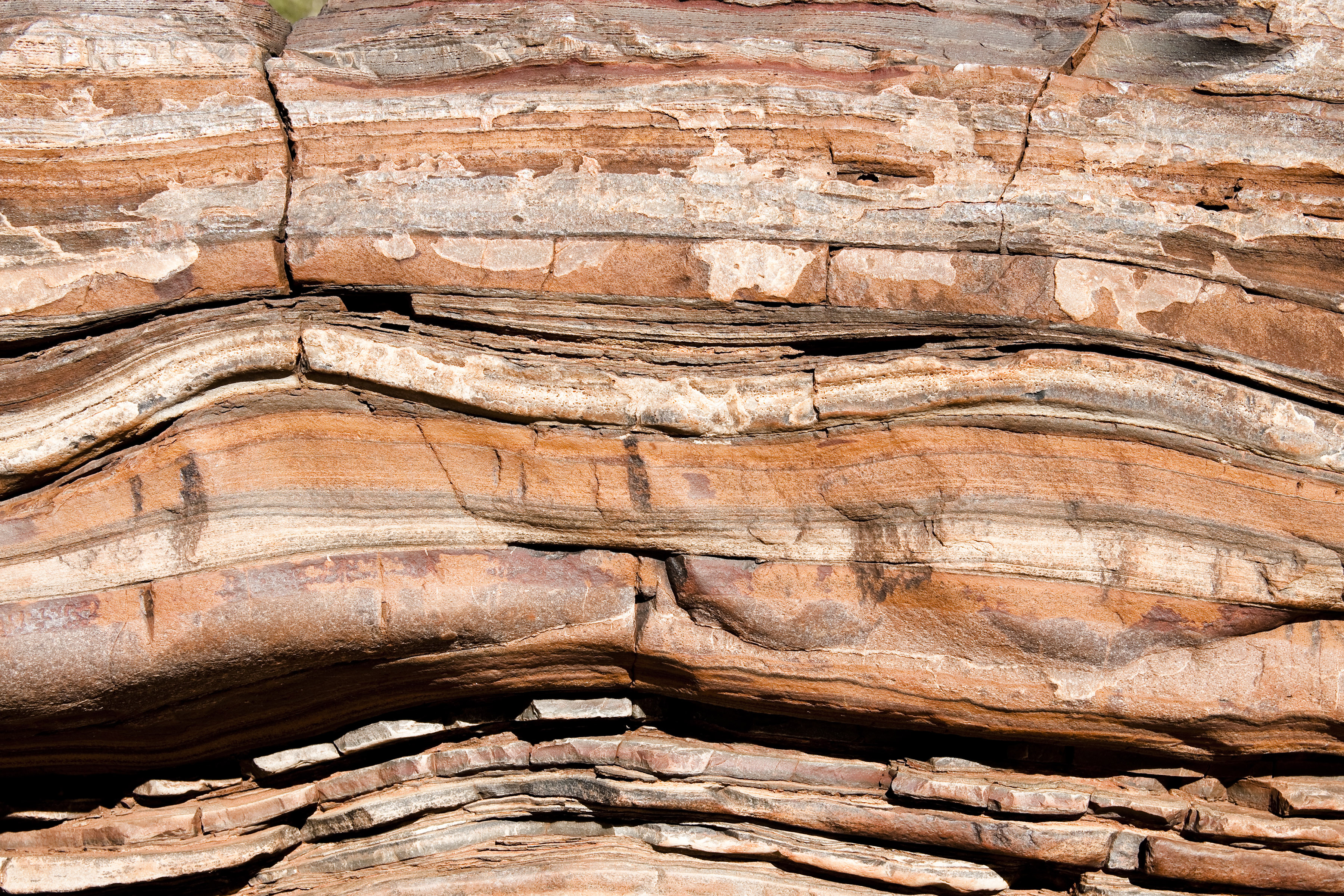An international team of climate scientists, including UConn Department of Geosciences assistant professors Ran Feng and Clay Tabor, suggests that research centers around the world using numerical models to predict future climate change should include simulations of past climates in their evaluation and statement of their model performance.
“We urge the climate model developer community to pay attention to the past and actively involve it in predicting the future. If your model can simulate past climates accurately, it likely will do a much better job at getting future scenarios right,” says Jessica Tierney, the paper’s lead author and an associate professor at the University of Arizona.
Feng, who performs climate simulations in her research, adds that “A skillful model should be able to simulate both present-day and past climate faithfully, with the same set of parameterizations and dynamic equations.”
As more and better information becomes available about climates in Earth’s distant history, reaching back many millions of years before humans existed, past climates become increasingly relevant for improving our understanding of how key elements of the climate system are affected by greenhouse gas levels, according to the study’s authors. Unlike historic climate records, which typically only go back a century or two – a mere blink of an eye in the planet’s climate history – paleoclimates cover a vastly broader range of climatic conditions that can inform climate models in ways historic data cannot. These periods in Earth’s past span a large range of temperatures, precipitation patterns, and ice sheet extents.
“Paleoclimate comparisons between geologic records and climate models provide a powerful way to validate the models, yet such comparisons remain underutilized during model development,” says climate modeler Tabor.
Typically, climate scientists evaluate their models with data from historical weather records, such as satellite measurements, sea surface temperatures, wind speeds, cloud cover and other parameters. The model’s algorithms are then adjusted and tuned until their predictions mesh with the observed climate records. Thus, if a computer simulation produces a historically accurate climate based on the observations made during that time, it is considered fit to predict future climate with reasonable accuracy.
Several of the latest generation models that are being used for the next report by the Intergovernmental Panel on Climate Change, or IPCC, have a higher climate sensitivity than previous iterations, Tierney explains.
“This means that if you double carbon dioxide emissions, they produce more global warming than their previous counterparts, so the question is: How much confidence do we have in these very sensitive new models?”
In between IPCC reports, which typically are released every eight years, climate models are being updated based on the latest research data. While there is no debate in the climate science community about human fossil fuel consumption pushing the Earth toward a warmer state for which there is no historical precedent, different models generate varying predictions.
In the paper, the authors applied climate models to several known past warm intervals from the geological record.
“We need to go back to ~3 Million years ago to find a CO2 level similar to present-day,” says Feng.
At that time, Earth was several degrees warmer than it is today, suggesting continued warming in the future even if we immediately stop anthropogenic CO2 emissions.
“But if we continue to emit at our current rate, by the end of the century we will reach CO2 levels not seen since 50 million years when Earth had little to no polar ice sheets,” adds Tabor.
The authors discuss climate changes all the way to the Cretaceous period, about 90 million years ago, when dinosaurs still ruled the Earth. That period shows that the climate can get even warmer, a scenario that Tierney describes as “even scarier,” with carbon dioxide levels up to 2,000 parts per million and the oceans as warm as a bathtub.
She adds that, while Earth’s atmosphere has experienced CO2 concentrations much higher than today’s level of about 400 parts per million, there is no time in the geological record that matches the speed at which humans are contributing to greenhouse gas emissions.
For a full list of authors and funding information, please see the paper, “Past climates inform our future,” Science, Nov. 6, 2020. DOI: 10.1126/science.aay3701
Listen to lead author Jessica Tierney discuss the research on NPR’s Science Friday.



